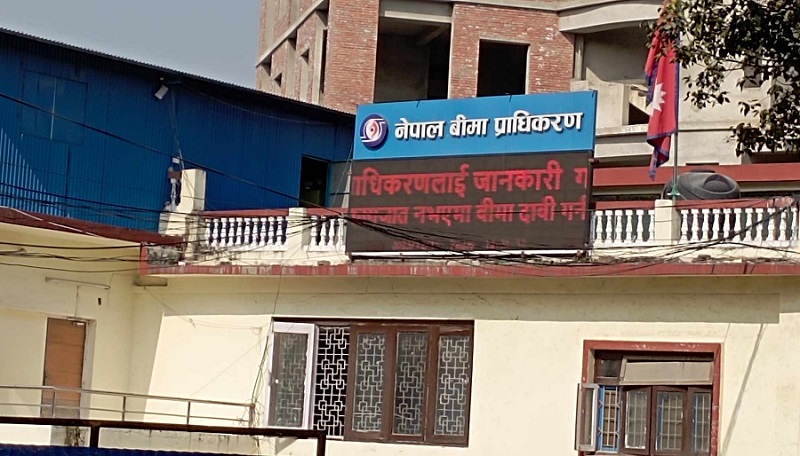Nepal’s Embossed Number Plate Debate: Modernization vs. Public Frustration
Embossed number plates Nepal
25th August 2025, Kathmandu
A new era of vehicle registration is set to begin in Nepal, as the government pushes to make embossed number plates mandatory for all vehicles starting from Ashoj 1, 2082 (September 17, 2025).
Embossed number plates Nepal
While the move is hailed as a step toward a more secure, digitized, and efficient transportation system, it has ignited a fierce public debate, centering on national identity, financial burden, and systemic inefficiencies.
The controversial project, which has been mired in delays and legal battles for years, has been a source of public frustration. The core of the current debate is the choice of script on the plates—Devanagari or English.
A constitutional bench of the Supreme Court had previously allowed the use of English script, a decision that has been widely criticized by linguists, cultural experts, and a large segment of the public who argue that it undermines the nation’s official language and identity.
A writ petition filed in the Supreme Court in 2074 BS had successfully halted the rollout, with opponents citing the unconstitutional use of a foreign script.
Although the constitutional bench later dismissed the petition, the debate continues to resonate. Advocates for Devanagari plates, including senior legal and cultural figures, have pointed out that no other sovereign nation has displaced its own language and script for vehicle registration.
While a recent cabinet decision has allowed vehicle owners to choose between Latin and Devanagari scripts, the ongoing back-and-forth highlights a deep-seated conflict between national pride and perceived technological convenience.
Beyond the linguistic dispute, the implementation of embossed number plates has raised significant concerns about the financial and logistical burden on vehicle owners.
The cost of a new embossed plate ranges from NRs 2,500 for two-wheelers to NRs 3,600 for heavy vehicles, an amount that many citizens find exorbitant, especially when compared to the minimal cost of traditional, hand-painted plates.
For public transport entrepreneurs and fleet operators, this additional cost is a major financial blow, leading many to label the project as a government revenue-collection scheme.
The public’s frustration is further compounded by the Department of Transport Management’s (DoTM) history of slow and inefficient service. The printing of driver’s licenses, a process that already takes months, if not years, has become a symbol of the government’s lack of capacity.
With the new mandate, vehicle owners fear that the installation process for embossed plates will add another layer of bureaucratic hassle, long queues, and prolonged waiting periods.
The DoTM, despite having a contract in place since 2016 to install plates on 2.5 million vehicles by 2023, has managed to install them on only a fraction of that number.
Another critical issue is the promise of technology. The embossed plates feature an embedded RFID chip, designed to facilitate digital tracking, revenue collection, and theft prevention.
However, critics argue that the necessary infrastructure, such as RFID readers and data centers, is not yet in place. Without these systems, the technology becomes a hollow promise, making the plates little more than an expensive, shiny, and non-functional accessory.
The decision has also drawn the ire of hand-painted number plate artists, whose livelihood is threatened by this new digital system. For generations, these artists have provided a vital service, and for many, the craft is a form of art.
The mandatory shift to machine-made plates will effectively eliminate their business, raising questions about the social and economic impact of the project on local artisans.
As the Ashoj 1 deadline looms, the government faces a formidable challenge. It must not only address the linguistic and financial concerns of the public but also demonstrate that it has the capacity to implement this large-scale project efficiently.
The success of the embossed number plate system will depend on its ability to transition smoothly from a controversial debate to a tangible, beneficial reality for all Nepali citizens.
For more: Embossed number plates Nepal







